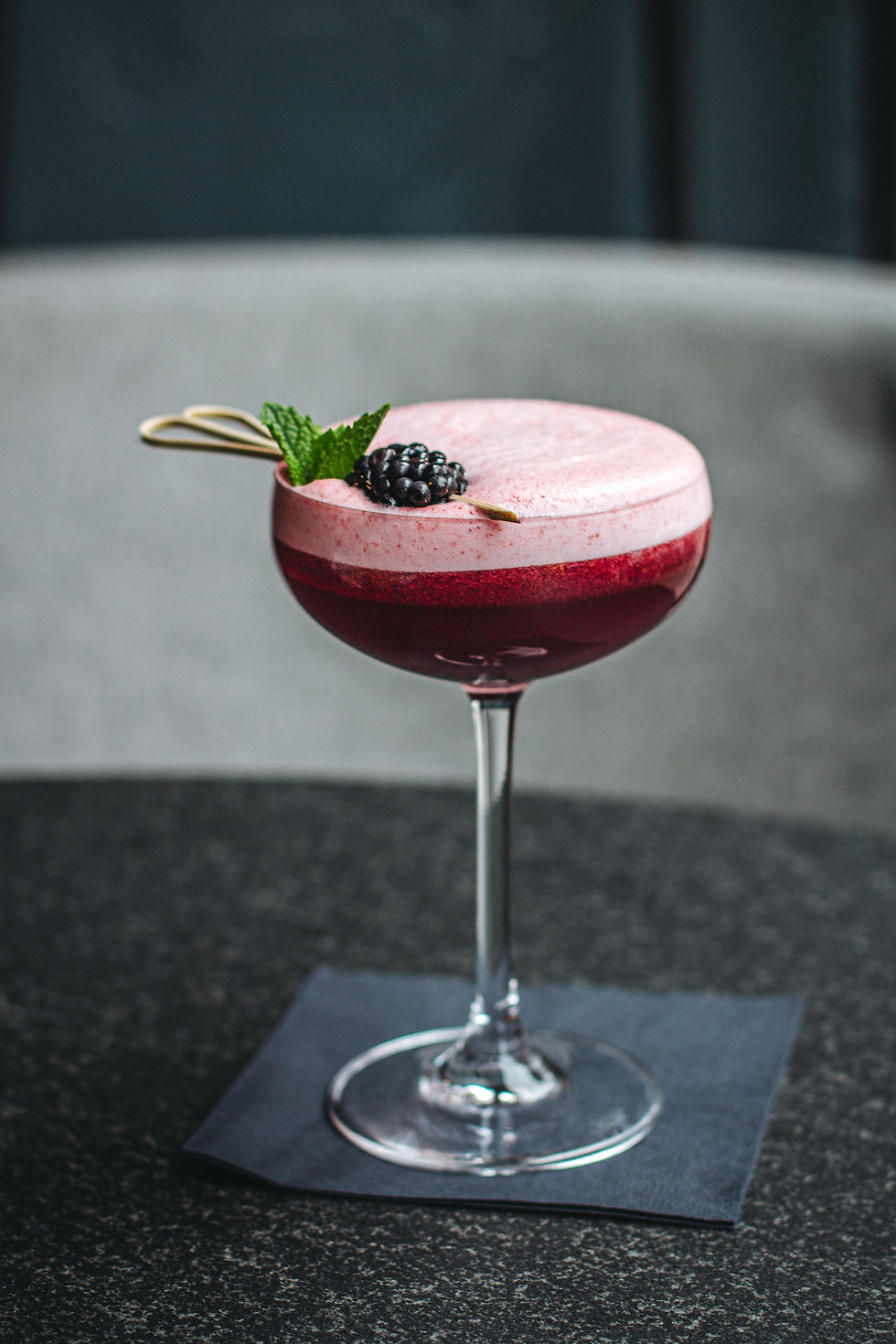What is a Navy Strength Gin?
- Wayne Munday
- Jan 21, 2021
- 2 min read
Updated: Dec 12, 2025
Both gin and the Royal Navy have had a long relationship dating back to the 18th when each ship would carry gin for medicinal purposes.

Both gin and the Royal Navy have had a long relationship dating back to the 18th when each ship would carry gin for medicinal purposes. Before the innovation of the Sikes hydrometer that measured alcohol by volume (ABV), naval pursers would add a small amount of gunpowder as a test of quality.
Simply, if gunpowder added only smoked or failed to light at all, it was regarded as diluted gin. Only the gin where gunpowder could still be lit was used. Any gin bottled at 100% old British proof between 57% - 58% ABV is regarded as having a Navy Strength.
The first production of Navy strength gin was started in the 1850s at the Blackfriars Distillery in the naval port of Plymouth in Devon.
Newly commissioned ships received a 'Gin Commissioning Kit', a wooden box containing two bottles of 'Navy Strength' gin and glassware. In 1867, the Merchant Shipping Act was passed by parliament requiring every ship to serve lime juice as a daily ration to its crew to help fight vitamin C deficiency.
Whilst on deployment the Royal Navy surgeon Rear Admiral Sir Thomas Desmond Gimlette had the idea to prescribe Navy Strength gin, to "fortify", mixed with the daily ration of lime juice, to "immunise", to mask its bitterness and ensure his fellow naval officers took their medicine. This cocktail would become known as the Gimlet and enlisted sailors continued to have rum.
Whilst in India, the Royal Navy also started to combine quinine as medicinal tonic water to treat malaria with Navy Strength gin which is nowadays known as 'gin & tonic'.








